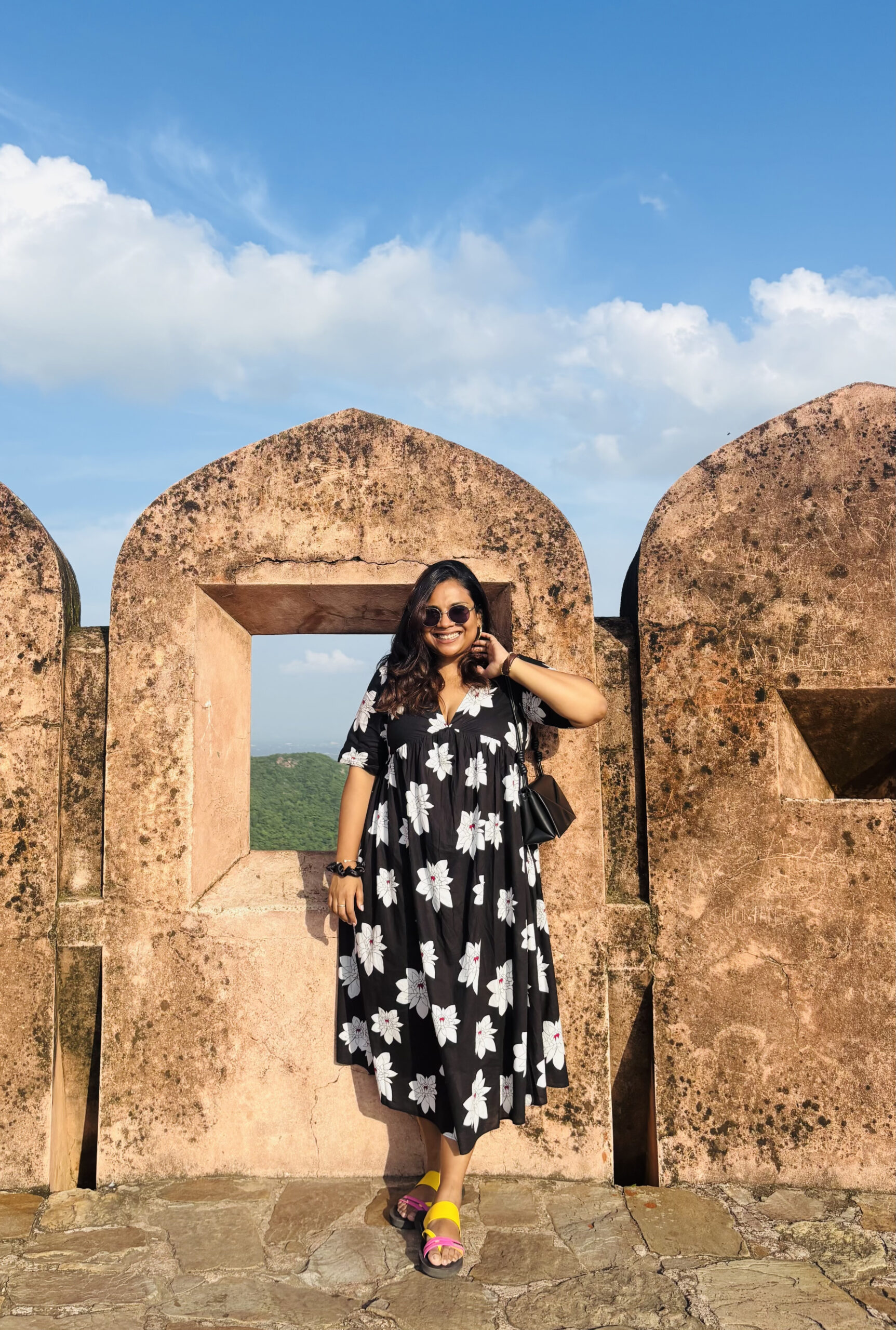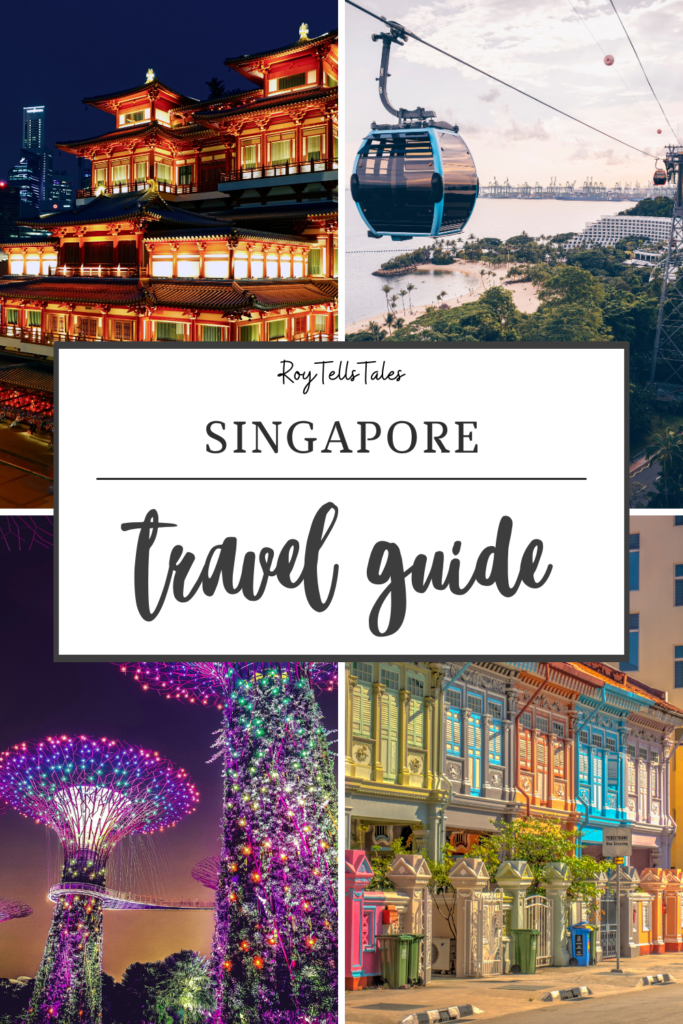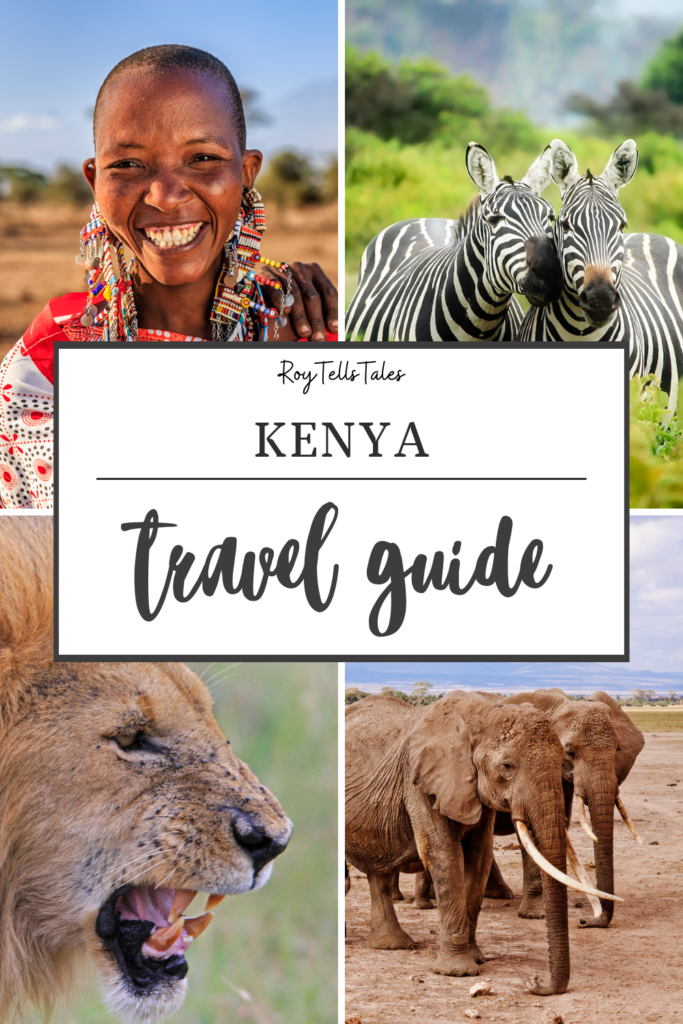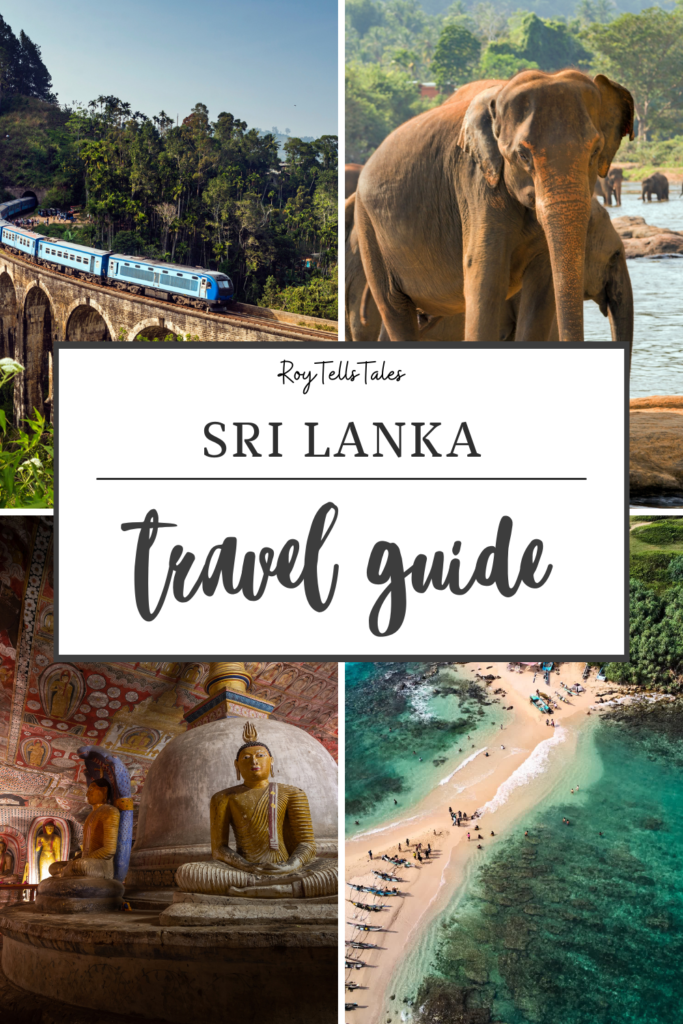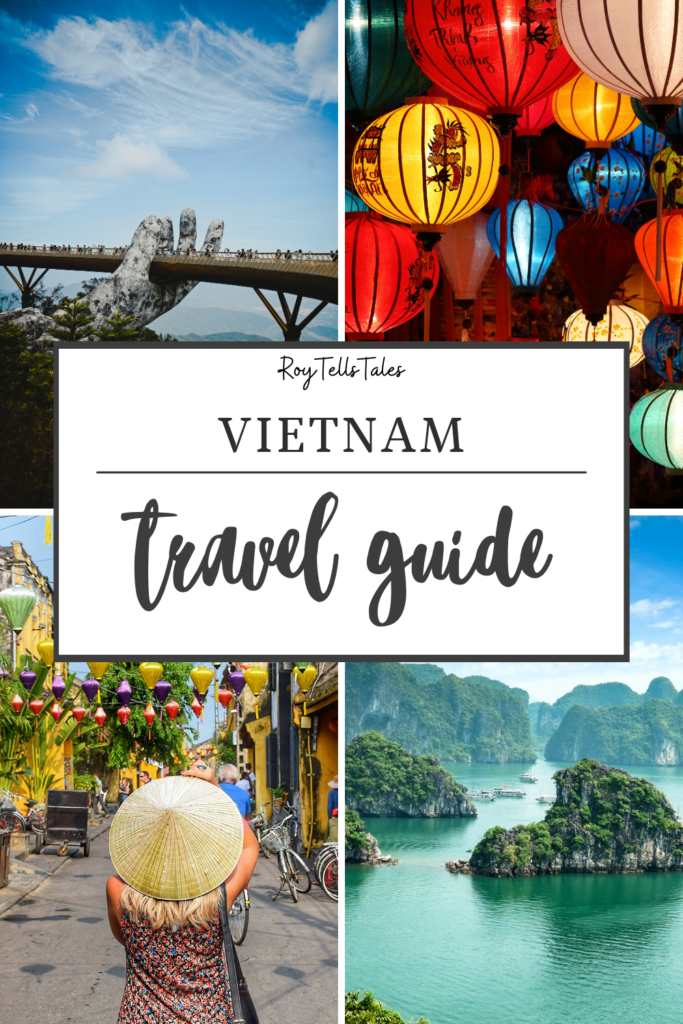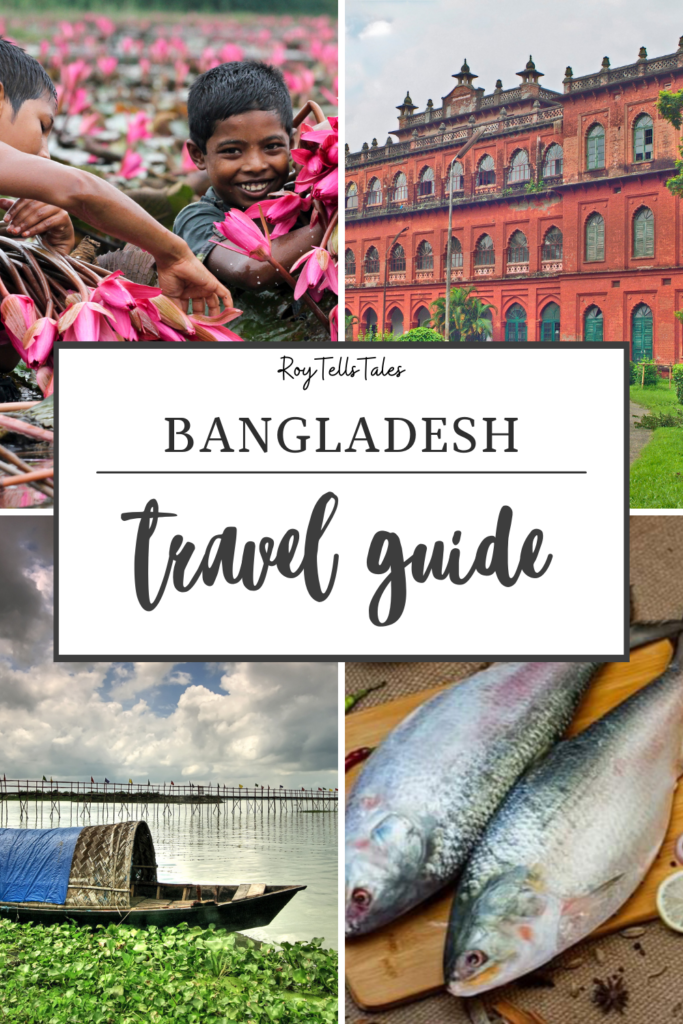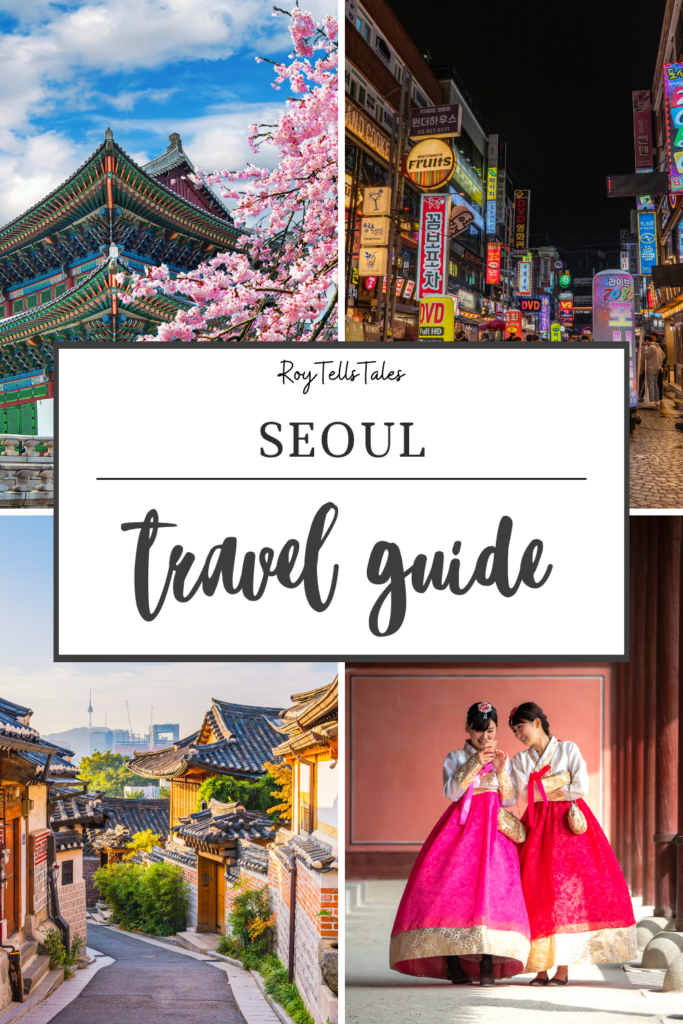

Best Time to Visit Kenya | When Can You See The Great Migration?
When I spent a month in Kenya during March, I experienced a side of the country that many travellers often miss. The landscapes were lush from the short rains, the national parks were quieter, and the wildlife was still abundant. There was a sense of calm — almost like Kenya was catching its breath before the rush of the Great Migration began. While March might not be considered “peak season,” I found it to be the perfect time to connect with the land, the people, and the slower rhythms of daily life.
That said, for many travellers, Kenya is synonymous with one of nature’s grandest spectacles: the Great Migration. If witnessing this awe-inspiring event is on your bucket list, timing your visit is crucial. This article will help you understand the different seasons in Kenya, what each month offers, and most importantly, when and where you can catch the Great Migration in action.
What is the Great Migration?
The Great Migration is one of the most remarkable natural events on Earth. Each year, over 1.5 million wildebeest, hundreds of thousands of zebras, and gazelles journey across the Serengeti-Mara ecosystem in search of fresh grazing lands and water.
The migration is a circular, year-long movement that spans across Tanzania’s Serengeti and Kenya’s Maasai Mara, driven by rainfall and the promise of greener pastures. Predators like lions, cheetahs, leopards, and crocodiles follow closely, making this an intense wildlife drama that unfolds in real time.
The most dramatic part of the migration, and the one most visitors come to witness, is the river crossing, particularly at the Mara River between July and October, when wildebeest brave crocodile-infested waters in a desperate attempt to reach the Maasai Mara.
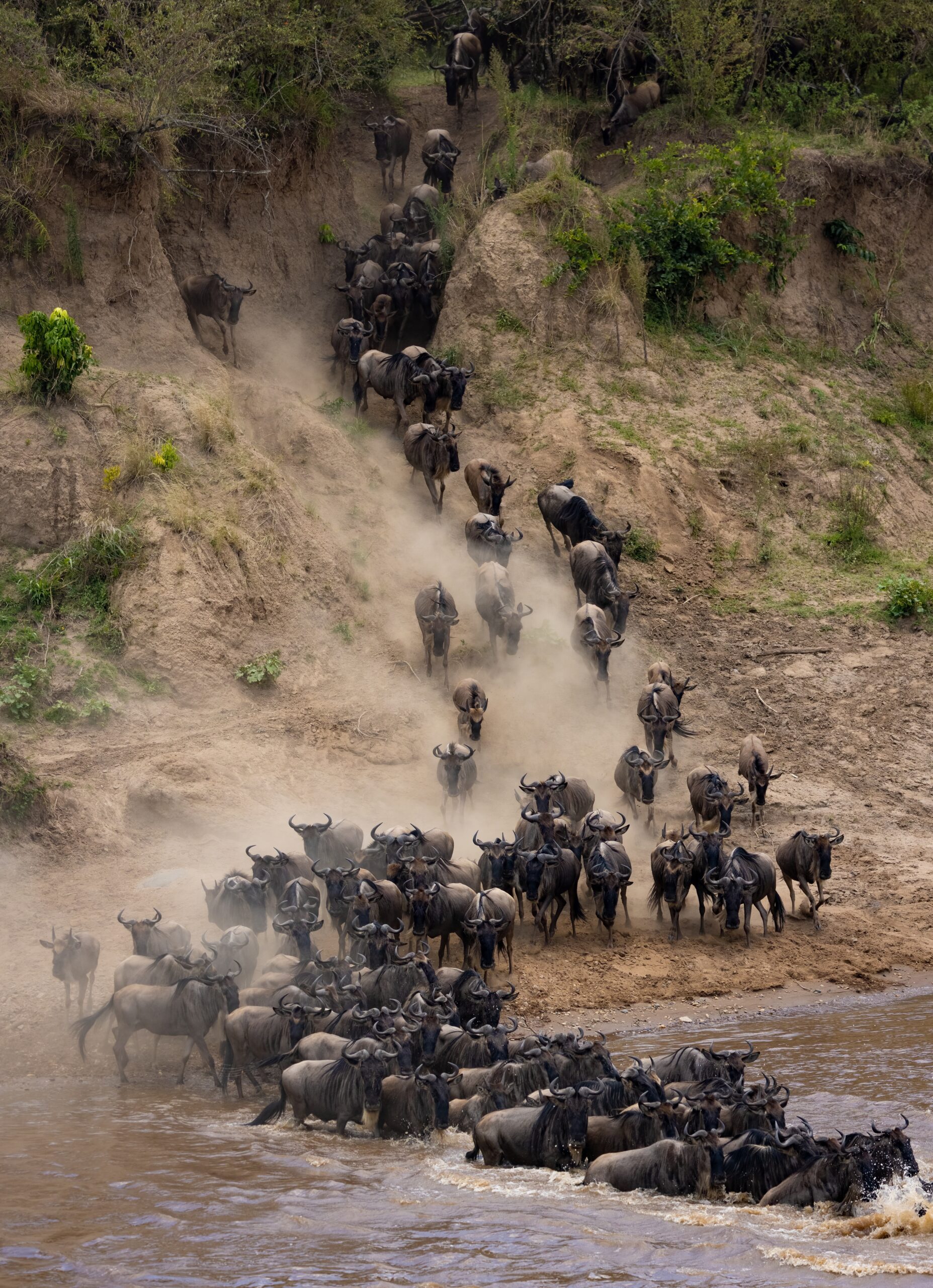
Month-by-Month Guide to Visiting Kenya
January – March: Lush Landscapes and Fewer Tourists
- My recommendation: This is when I spent a month in Kenya, and in all honesty, I found it to be one of the most rewarding and underrated times to visit the country. While it may not align with the typical “Great Migration” season that draws thousands of travellers, this period offers something quieter, more personal, and incredibly enriching.
- Weather: These months fall within Kenya’s dry season, although they follow closely after the short rains of November and December. As a result, the weather is generally warm and comfortable, with average daytime temperatures ranging between 24°C and 30°C. The skies are often clear, which makes for uninterrupted game drives and beautiful photographic light. Unlike the long rains in April and May, the weather during this time is stable and travel-friendly.
- Wildlife: Game viewing during this season is surprisingly good. As water sources become increasingly scarce due to land drying, animals tend to congregate around rivers, lakes, and waterholes, resulting in frequent and dramatic sightings. While the Great Migration herds are still grazing in the southern Serengeti and not yet in Kenya, the local wildlife in places like Amboseli, Tsavo, Samburu, and Meru remains active and abundant.
Moreover, this is the time of year when many species give birth. Calving season brings a burst of life to the plains. It is not uncommon to spot newborn zebras taking their first steps or impala fawns trying to keep up with their mothers. This abundance of vulnerable young animals, in turn, attracts predators. Lions, cheetahs, and hyenas are more visible and active as they take advantage of this seasonal opportunity. The predator-prey dynamics during this period are intense and fascinating to witness.
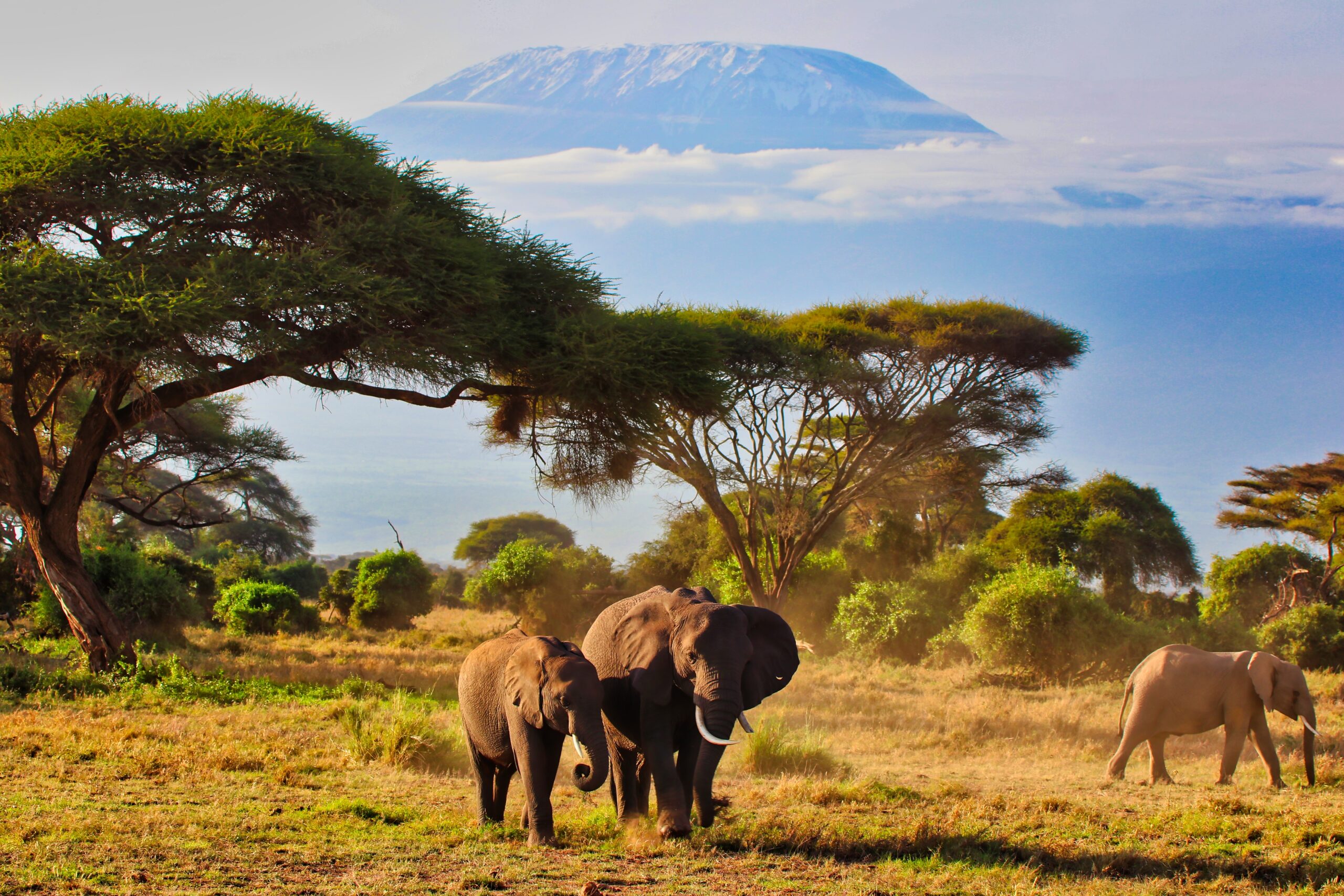
- Why Visit: What struck me most during my visit in March was the lush, vibrant atmosphere that surrounded everything!
The grasslands had not yet dried out, and the scenery was stunning — a patchwork of emerald hills, acacia trees, and golden light. Amboseli National Park, in particular, was a highlight. I stood in awe watching herds of elephants move gracefully across the plains, with the snow-capped peak of Mount Kilimanjaro rising behind them. There was a sense of peace and quietude that felt almost spiritual.
This is also a great time for birdwatchers. Many migratory species are present, and the wetlands are teeming with life. The colours and diversity are exceptional, from the pink hues of flamingos to the elegant crowned cranes strutting across the grasslands.
- Crowds: One of the most compelling reasons to travel to Kenya during this period is the absence of mass tourism. January through March is considered shoulder season, which means fewer safari vehicles at sightings and more personal, uninterrupted moments in nature. You’re less likely to queue up with other travellers to see a pride of lions or a lone leopard in the tree. For those who seek a deeper, slower experience, this quieter time allows for greater immersion and connection with the environment.
Although the famed Great Migration is not in Kenya during this time, the wildlife spectacle is no less remarkable. What you gain is space — both physical and emotional — to absorb your surroundings without the pressure of chasing the “big five” or witnessing river crossings. For me, it was a chance to engage more deeply with the rhythm of the land and the communities who call it home. I visited local conservation projects, walked with Maasai guides, and spent long evenings around the campfire listening to stories that linger far longer than any photograph.
April – May: The Long Rains (Low Season)
April and May mark the peak of the long rainy season in Kenya, and this period is often considered the low season for tourism. Heavy and frequent rains can make travel more challenging, especially in remote areas where dirt roads become muddy and in some cases, completely impassable. As a result, several safari lodges and tented camps, particularly those in the Maasai Mara and other less accessible parks, have chosen to close temporarily.
- Weather: The rainfall during these months is significant and consistent, often arriving in heavy afternoon downpours. The skies remain mostly overcast, and the air is thick with moisture. Temperatures hover between 22°C and 27°C, but the high humidity can make it feel warmer. While the rains bring discomfort in terms of mobility, they also rejuvenate the land. The bush is at its greenest, and the landscapes transform into lush, almost tropical scenes.
- Wildlife: Despite the rain and tall grasses, wildlife does not disappear. Many animals remain within the parks, but spotting them becomes more difficult. The thick vegetation provides ample hiding space, and the abundance of water means wildlife disperses more widely rather than concentrating around specific waterholes. Predators are still present, but can be harder to track without the usual trails and visible signs.
That said, the rains bring their own form of drama. The landscapes are alive with birds, insects, and amphibians. It’s a spectacular time for birdwatching, as many migratory species are still present and the wetlands are bursting with activity.
- Why Visit: If you are a keen photographer, this season offers incredible visual opportunities. The skies often break open in dramatic ways, revealing shafts of golden light piercing through dark clouds. The contrast of green plains, moody weather, and occasional wildlife in motion creates a unique atmosphere for storytelling through images.
Another advantage of travelling during April or May is the lack of crowds. National parks are quiet, and you can often have entire stretches of wilderness to yourself. This solitude is deeply rewarding for travellers who value immersion over convenience.
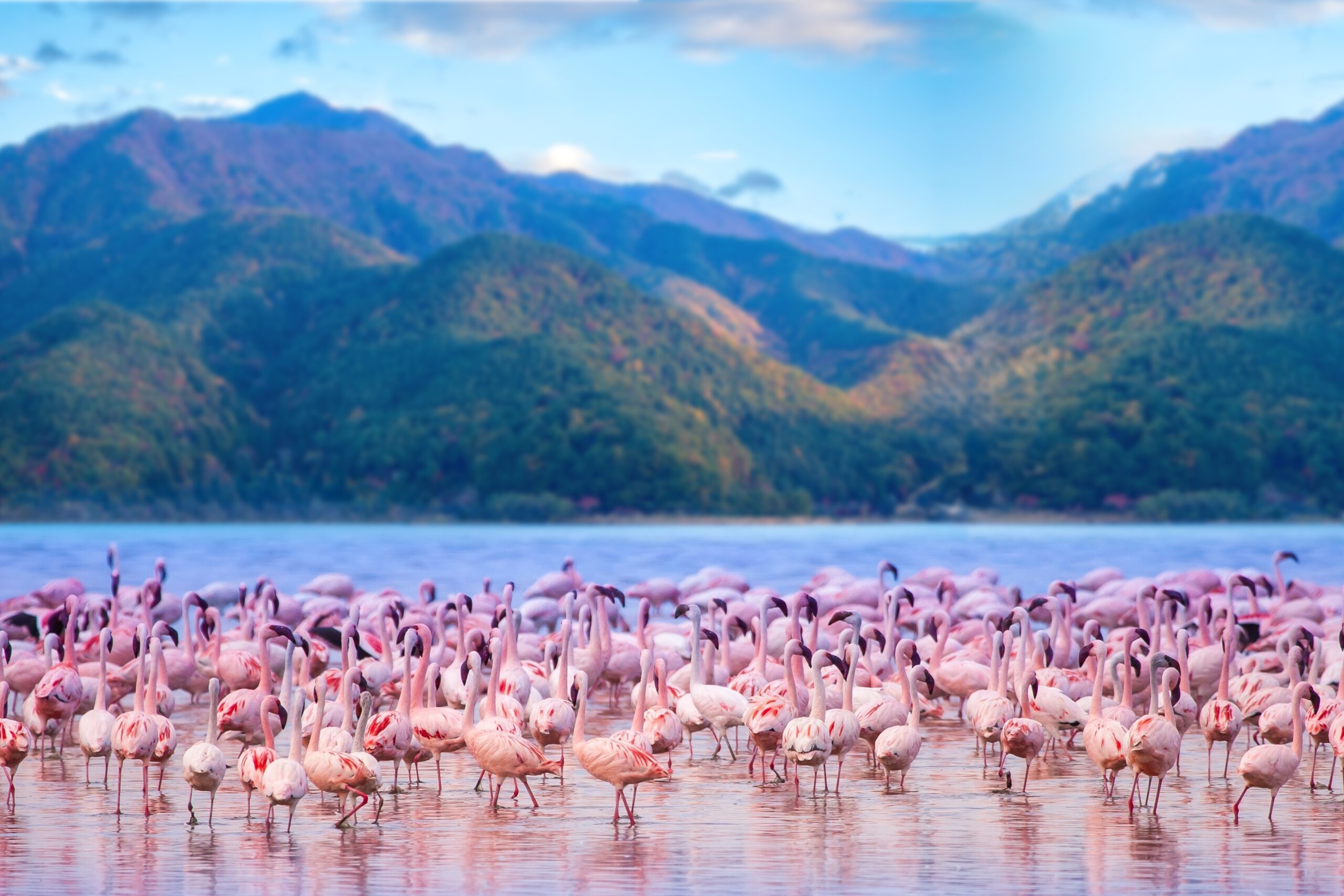
- Accommodation and Costs: Since this is low season, many high-end lodges and camps offer substantial discounts. If you’re someone who doesn’t mind a bit of rain and mud, you can enjoy luxurious stays and exclusive experiences at a fraction of the usual cost. Some accommodations remain open with upgraded facilities to handle the weather, including enclosed safari vehicles and heated rooms.
- Migration Update: The Great Migration is still ongoing in Tanzania, particularly in the southern Serengeti, where the calving season is currently taking place. This is a critical part of the migration cycle, as thousands of wildebeest give birth, and predators like lions and hyenas capitalise on the abundance of vulnerable young. While you won’t see the migration in Kenya yet, this is a vital phase of the overall journey.
- Travel Tip: This season is best suited for seasoned travellers or those seeking a more budget-conscious safari. If you’re flexible, patient, and adventurous, the long rains can be surprisingly rewarding. Just make sure to pack waterproof gear, be prepared for some schedule changes, and consult local operators who are familiar with navigating Kenya during this time.
June: The Green Transition
- Overview: June marks a beautiful turning point in Kenya’s seasonal rhythm. The long rains have mostly subsided, leaving behind a lush, rejuvenated landscape. The air is crisp, the skies begin to clear, and the roads become more navigable, making it a comfortable time to travel. June is often referred to as the “secret season” — a time that combines the greenery of the rains with the ease and accessibility of the dry season.
- Weather: By early June, the heavy rains of April and May begin to taper off. The landscape, still vibrant and green, starts to dry out gradually. Daytime temperatures range from 22°C to 27°C, and the humidity levels drop, making it pleasant for outdoor activities and safaris. The skies are a mix of cloud and sunshine, creating a soft light that’s excellent for photography.
- Wildlife: As the vegetation begins to thin, wildlife becomes more easily spotted. The animals are still benefiting from the abundance of food and water brought by the rains, but visibility improves, and sightings of predators become more frequent. Elephants, giraffes, lions, zebras, and other iconic species can be seen moving more freely across open plains.
Many parks, including Amboseli, Samburu, Tsavo, and Laikipia, offer excellent game viewing at this time. Birdlife is also rich, with both resident and migratory species active in the cooler, post-rain conditions.
- Why Visit: If you’re looking for the best time to visit Kenya, then you can consider visiting in June. The parks are not as crowded as they will be in the upcoming peak season, yet the conditions are far more favourable than during the rainy months. You get the benefit of lush, green scenery without the inconvenience of washed-out roads or constant rain.For those interested in combining photography, wildlife viewing, and a bit of solitude, June offers a rewarding and peaceful travel experience. Lodge rates begin to rise toward the end of the month, but many accommodations still offer mid-season pricing.
- Migration Update: While the Great Migration is not yet in full swing in Kenya, June marks the beginning of movement. The herds of wildebeest and zebra begin their annual migration north from the central Serengeti in Tanzania, heading toward the Maasai Mara. You may not see dramatic river crossings yet, but the anticipation builds, and early groups of animals may begin arriving toward the end of the month.
Also Read: Why You Must Travel To Kenya At Least Once In A Lifetime!
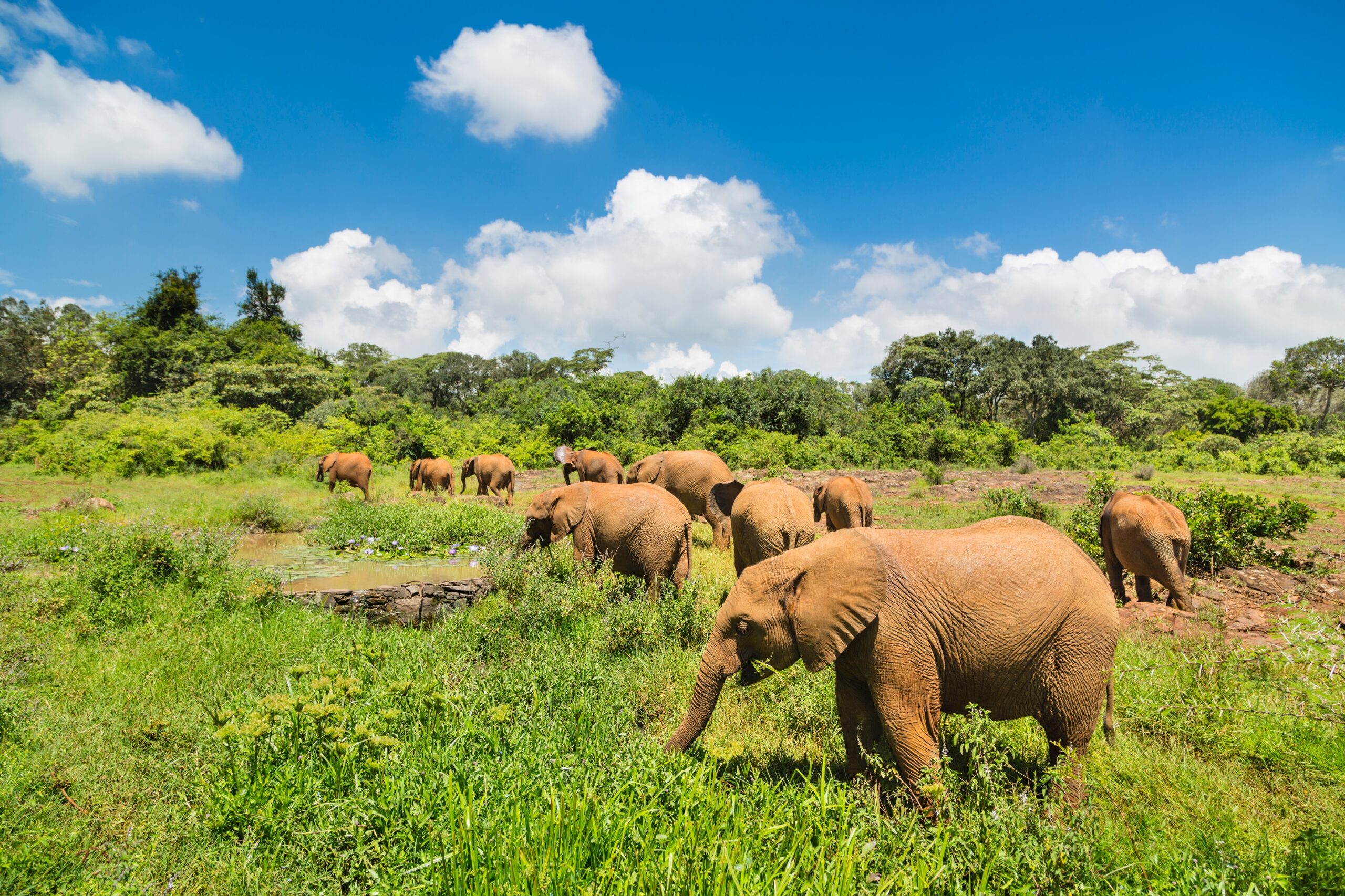
July – October: Peak Safari Season & The Great Migration
This is, without question, the best time to visit Kenya for many travellers, especially those dreaming of witnessing the Great Migration. From July through October, the conditions are ideal — dry weather, abundant wildlife, and the dramatic river crossings that define the migration season. The Maasai Mara National Reserve becomes the stage for one of the greatest wildlife spectacles on Earth.
- Weather: Kenya enters its cool, dry season during these months. Temperatures range between 20°C and 26°C during the day and can drop to around 10°C at night, especially in the highlands and on early morning game drives. The skies are mostly clear, and rainfall is rare, making travel and safari logistics smooth and reliable.
- Wildlife: This is the prime safari season, with wildlife activity at its peak. The grass is short, making it easier to spot animals, and the lack of rain forces many species to gather around permanent water sources. This concentration makes for thrilling game drives, with sightings of lions, cheetahs, leopards, elephants, buffaloes, and more becoming almost routine.
However, the star attraction remains the Great Migration. From late July to early October, over a million wildebeest, accompanied by zebras and gazelles, pour into the Maasai Mara from the Serengeti. Their journey includes the perilous Mara River crossings, where animals must brave strong currents and lurking crocodiles. These crossings are unpredictable, dramatic, and emotionally intense — truly a once-in-a-lifetime sight.
- Why Visit: These months are the best time to visit Maasai Mara, especially if your goal is to witness the migration and the river crossings. The wildlife density is unmatched, the action is non-stop, and the overall safari experience is extraordinary. In addition to the iconic crossings, predators are highly active, and the open plains of the Mara provide the perfect theatre for nature’s raw and unfiltered drama.
- Crowds: With such incredible events unfolding, it’s no surprise that this is also Kenya’s peak tourist season. Lodges, camps, and game drives are in high demand. If you’re planning a trip during this period, it is strongly recommended to book your accommodation and internal flights well in advance, often six months or more ahead.
For the best chance to witness a Mara River crossing, plan your visit between late July and early September. Stay in strategically located camps near the Mara Triangle, Musiara Marsh, or the Talek region, as these areas provide access to well-known crossing points, including Main Crossing, Lookout Hill, and Serena Crossing.
In addition to game drives, this is a great time for hot air balloon safaris over the Mara, cultural visits to Maasai villages, and photography safaris. The dry conditions and golden light create picture-perfect scenes at dawn and dusk.
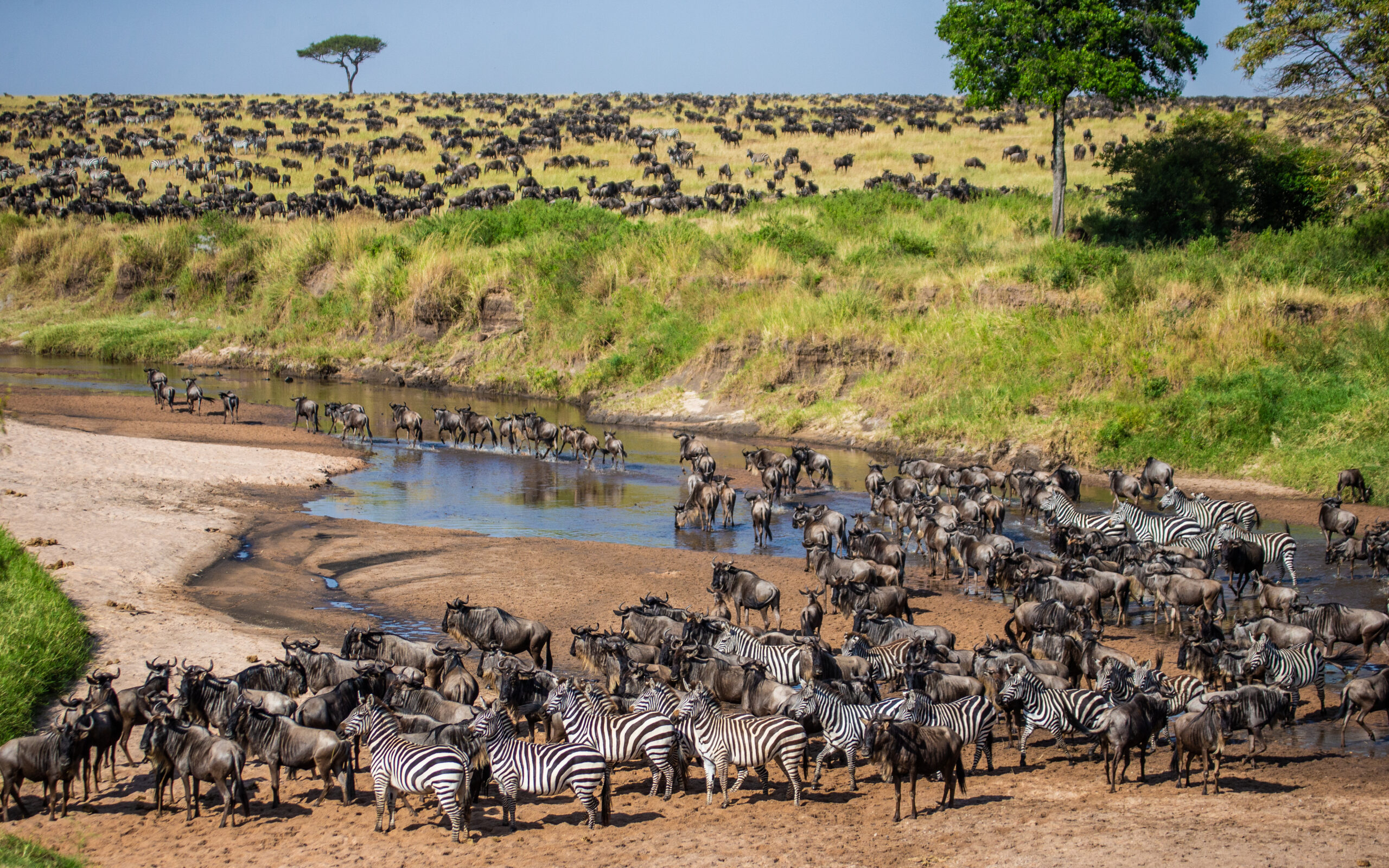 Overview: This is, without question, the best time to visit Kenya for many travelers, especially those dreaming of witnessing the Great Migration. From July through October, the conditions are ideal — dry weather, abundant wildlife, and the dramatic river crossings that define the migration season. The Maasai Mara National Reserve becomes the stage for one of the greatest wildlife spectacles on Earth.
Overview: This is, without question, the best time to visit Kenya for many travelers, especially those dreaming of witnessing the Great Migration. From July through October, the conditions are ideal — dry weather, abundant wildlife, and the dramatic river crossings that define the migration season. The Maasai Mara National Reserve becomes the stage for one of the greatest wildlife spectacles on Earth.
Weather: Kenya enters its cool, dry season during these months. Temperatures range between 20°C and 26°C during the day and can drop to around 10°C at night, especially in the highlands and on early morning game drives. The skies are mostly clear, and rainfall is rare, making travel and safari logistics smooth and reliable.
Wildlife: This is the prime safari season, with wildlife activity at its peak. The grass is short, making it easier to spot animals, and the lack of rain forces many species to gather around permanent water sources. This concentration makes for thrilling game drives, with sightings of lions, cheetahs, leopards, elephants, buffaloes, and more becoming almost routine.
However, the star attraction remains the Great Migration. From late July to early October, over a million wildebeest, accompanied by zebras and gazelles, pour into the Maasai Mara from the Serengeti. Their journey includes the perilous Mara River crossings, where animals must brave strong currents and lurking crocodiles. These crossings are unpredictable, dramatic, and emotionally intense — truly a once-in-a-lifetime sight.
Why Visit: These months are the best time to visit Maasai Mara, especially if your goal is to witness the migration and the river crossings. The wildlife density is unmatched, the action is non-stop, and the overall safari experience is extraordinary. In addition to the iconic crossings, predators are highly active, and the open plains of the Mara provide the perfect theatre for nature’s raw and unfiltered drama.
Crowds: With such incredible events unfolding, it’s no surprise that this is also Kenya’s peak tourist season. Lodges, camps, and game drives are in high demand. If you’re planning a trip during this period, it is strongly recommended to book your accommodation and internal flights well in advance, often six months or more ahead.
Top Tip: For the best chance to witness a Mara River crossing, plan your visit between late July and early September. Stay in strategically located camps near the Mara Triangle, Musiara Marsh, or Talek region, as these areas provide access to known crossing points like Main Crossing, Lookout Hill, and Serena Crossing.
Bonus Experiences: In addition to game drives, this is a great time for hot air balloon safaris over the Mara, cultural visits to Maasai villages, and photography safaris. The dry conditions and golden light create picture-perfect scenes at dawn and dusk.” width=”2560″ height=”1600″ />
November – December: Short Rains and Baby Animals
As the year winds down, Kenya experiences its short rainy season during November and early December. Unlike the long rains of April and May, these showers are typically lighter and more sporadic, often falling in the late afternoons or at night. The result is a beautiful transformation of the landscape — from dusty plains to vibrant, green savannahs. This is a time of renewal in the wild, when life begins anew and the bush teems with energy and colour.
- Weather: The rains during this period are short and scattered, rarely lasting more than an hour or two each day. Daytime temperatures remain pleasant, ranging from 24°C to 28°C, with cooler evenings. Humidity rises slightly, but not to the extent that it becomes uncomfortable. The fresh rains wash the air clean, and the skies often alternate between dramatic storm clouds and bursts of golden sunlight.
- Wildlife: One of the greatest highlights of visiting Kenya in November and December is the arrival of newborn animals. This is the calving season for many antelope species such as impalas, gazelles, and wildebeest, which means the landscape is filled with young life learning to navigate the world. The presence of so many vulnerable animals draws predators, making this a great time to witness the constant push and pull of nature — tender moments of birth followed by the ever-present tension of survival.
Game viewing remains excellent across national parks such as Amboseli, Laikipia, Samburu, and Maasai Mara, with abundant birdlife, active predators, and incredible backdrops of greenery. Migratory birds also begin arriving in large numbers, turning the skies and wetlands into colourful stages of avian activity.
- Why Visit: November and December are considered shoulder season in Kenya, which means fewer crowds, lower prices, and easier access to popular parks. If you’re someone who enjoys nature at a gentler pace — without the bustle of high-season tourism — this is a deeply rewarding time to visit. Photography is especially stunning, thanks to the interplay of fresh greenery, baby animals, and shifting skies.
Lodges and camps that remain open during this period often offer special deals or discounted rates, allowing you to enjoy luxury safaris at more affordable prices. With fewer safari vehicles in the parks, you’re more likely to enjoy private moments during wildlife sightings, guided walks, or sundowners in scenic locations.
- Migration Update: By November, the Great Migration herds begin their southward journey, leaving the Maasai Mara and returning to Tanzania’s Serengeti plains. While the massive river crossings have concluded, scattered groups of wildebeest and zebra may still be seen moving through southern Kenya in the early part of the month. Even without the full migration spectacle, wildlife viewing remains rich and varied, especially with the added appeal of calving season.
Early December is particularly rewarding — you’ll catch the greenery and baby animals before the holiday crowds arrive. For those interested in combining a safari with some relaxation, this is also a wonderful time to explore Kenya’s coastline, from Diani Beach to Watamu, where the Indian Ocean is warm and welcoming, and the post-rain freshness extends to the sea breeze.
No matter when you choose to visit, Kenya offers something extraordinary in every season — whether it’s the heart-pounding drama of the Great Migration, the quiet intimacy of a green and uncrowded wilderness, or the tender beauty of calving season. The best time to visit Kenya ultimately depends on what you seek: thrilling wildlife encounters, serene landscapes, cultural immersion, or budget-friendly adventures. From the open plains of the Maasai Mara to the shadow of Mount Kilimanjaro, Kenya’s magic unfolds in many forms throughout the year — and whenever you go, you’ll leave with stories etched deep into your soul.
FAQs: Best Time to Visit Kenya
1. What is the best time to visit Kenya?
The best time to visit Kenya is during the dry seasons from June to October and January to March, when wildlife viewing is at its peak, roads are accessible, and weather conditions are ideal for safaris.
2. When is the best time to visit Maasai Mara?
The best time to visit the Maasai Mara is from July to October, during the Great Migration, when over a million wildebeest and zebra cross into Kenya from the Serengeti. This is also the prime time to witness dramatic Mara River crossings.
3. When is the best time to visit Amboseli National Park?
Amboseli is at its best during the dry months of January to March and June to October. During these periods, wildlife congregates around the swamps, and you’ll have clear views of Mount Kilimanjaro in the background.
4. When can I see flamingoes in Kenya?
Flamingoes can be seen year-round, but the best sightings are typically between November and April, especially in Lake Nakuru, Lake Bogoria, and Lake Elmenteita, when water conditions and food sources are most favourable.
5. Where can I see hippos in Kenya?
Hippos are commonly found in Kenya’s major rivers and lakes. For guaranteed sightings, head to the Mara River in Maasai Mara, Ewaso Nyiro River in Samburu, or Lake Naivasha. Early morning and late afternoon are the best times to observe them.
6. What can I see in Nairobi National Park, and when is the best time to visit?
Nairobi National Park, located just outside the capital, is home to a diverse array of wildlife, including lions, giraffes, rhinos, zebras, and over 400 bird species. The best time to visit is during the dry season from June to October, when wildlife is easier to spot and the grass is shorter.
7. What is the best time to visit the coast of Kenya?
The best time to visit Kenya’s coast — including Diani Beach, Watamu, and Lamu — is from December to March and July to early October. During these months, the weather is sunny and warm, ideal for beach activities, snorkelling, and diving.
8. Is it worth visiting Kenya outside of the Great Migration season?
Absolutely. While the Great Migration is a major draw, visiting Kenya during the shoulder months (January–March or November–December) offers lush landscapes, fewer tourists, lower rates, and equally rewarding wildlife experiences — including calving season and predator activity.
9. When is Kenya’s rainy season, and should I avoid it?
Kenya has two rainy seasons: the long rains (April–May) and the short rains (November). While travel can be challenging during the long rains, the short rains are brief and often occur in the evenings, making travel still enjoyable with lush scenery and great photography conditions.
10. Which month is the cheapest time to travel to Kenya?
The most budget-friendly time to visit Kenya is during the low season from April to early June, when prices drop significantly and you can find great deals on safari lodges and tours. However, be prepared for rain and some lodge closures in remote areas.
Disclaimer: This post contains a few affiliate links. If you happen to click on any of them and make a purchase, I might earn a small commission, at no extra cost to you. Just know that I truly appreciate your support if you choose to do so.

